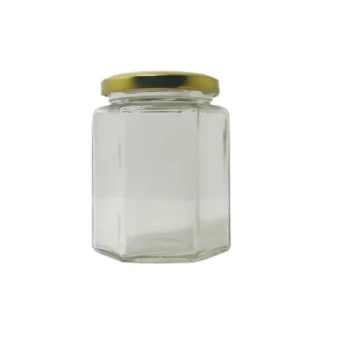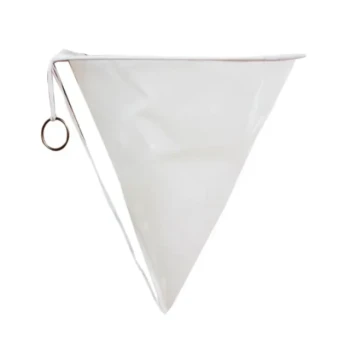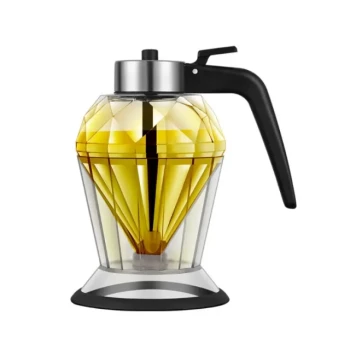In short, sealing a honey container is crucial to protect it from moisture. Honey's natural longevity comes from its extremely low water content, which prevents bacteria and yeast from growing. An unsealed container allows honey, which is hygroscopic, to absorb moisture from the air, raising its water content and creating an environment where fermentation and spoilage can occur.
The core reason to seal honey is not to prevent it from going bad in the traditional sense, but to preserve its unique chemical balance. Sealing it protects against moisture absorption, which is the primary catalyst for fermentation and the loss of its defining texture and flavor.
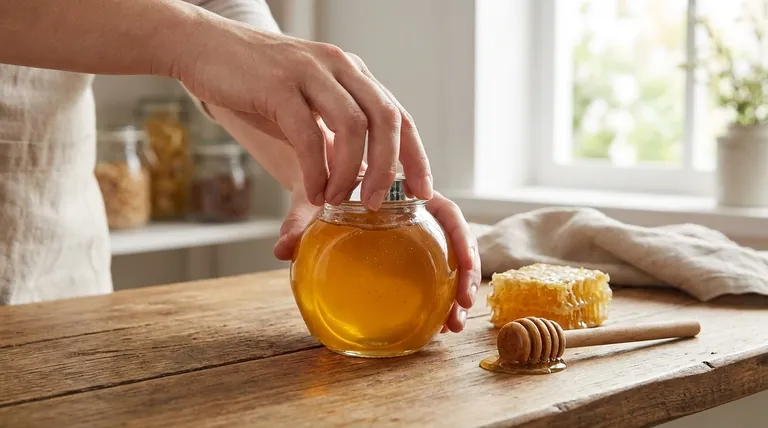
The Unique Chemistry of Honey
Honey is one of the few foods that can last for decades, or even centuries, when stored correctly. This remarkable stability is not an accident; it's a result of its specific chemical properties.
Low Water Content is Key
Honey is a supersaturated sugar solution. It contains very little available water—typically less than 18%.
Most bacteria and yeast cannot survive in this low-moisture environment. They require water to live and reproduce, and honey effectively dehydrates them through a process called osmosis.
High Acidity Adds Protection
Honey is also naturally acidic, with a pH typically between 3.5 and 4.5. This high acidity creates an additional hostile environment for many microbes that could cause spoilage.
The Role of Hydrogen Peroxide
Bees add an enzyme called glucose oxidase to nectar. When honey is diluted slightly with water, this enzyme produces small amounts of hydrogen peroxide, which acts as another antimicrobial barrier, protecting the honey while it's still in the comb.
The Primary Threat: Environmental Moisture
The single greatest threat to honey's shelf life is exposure to the surrounding air, specifically the moisture it contains.
Honey is Hygroscopic
The term hygroscopic means honey has a strong tendency to absorb moisture directly from the atmosphere. Its high concentration of sugar actively pulls water molecules from the air.
The Fermentation Risk
If left unsealed, honey will slowly absorb ambient moisture. Once the water content rises above approximately 19%, dormant, sugar-tolerant yeasts naturally present in honey can become active.
These activated yeasts begin to consume the sugars in the honey, producing alcohol and carbon dioxide. This process is fermentation, which alters the honey's flavor, can give it a sour taste, and often creates a frothy or bubbly appearance.
Understanding the Trade-offs of Improper Storage
While a sealed container is the most important factor, other storage mistakes can degrade honey's quality even if fermentation doesn't occur.
Contamination from Odors
Honey can also absorb strong odors from its environment. Storing it unsealed near spices, garlic, or coffee can permanently alter its delicate flavor profile.
Degradation from Heat and Light
Storing honey in direct sunlight or a warm location, even in a sealed container, can have negative effects. Heat can darken the honey's color, degrade its flavor, and break down its beneficial enzymes.
The Myth of Crystallization
Many people assume that when honey crystallizes or becomes solid, it has gone bad. This is incorrect. Crystallization is a natural process where the glucose in the honey separates from the water. It is a sign of high-quality, raw honey and does not indicate spoilage. The honey can be returned to its liquid state by gently warming the container in a bowl of warm water.
How to Apply This to Your Storage
Properly storing honey is simple and ensures you preserve its quality indefinitely.
- If your primary focus is long-term preservation: Always keep honey in an airtight, sealed container to prevent moisture absorption and subsequent fermentation.
- If your primary focus is maintaining flavor and aroma: Store the sealed container in a cool, dark place like a pantry to protect it from heat, light, and strong odors.
- If your honey crystallizes: Do not discard it; simply place the jar in a warm water bath to gently reliquefy it without damaging its properties.
Ultimately, protecting honey's unique low-moisture state is the key to its incredible longevity.
Summary Table:
| Key Reason | Consequence of an Unsealed Container |
|---|---|
| Moisture Absorption | Increases water content, enabling fermentation. |
| Fermentation Risk | Yeasts activate, producing alcohol and altering flavor. |
| Odor Contamination | Honey absorbs strong smells from its environment. |
| Quality Degradation | Heat and light can break down enzymes and darken color. |
Protect your honey's quality and longevity with the right supplies. HONESTBEE provides commercial apiaries and beekeeping equipment distributors with high-quality, airtight containers and essential beekeeping equipment through our wholesale operations. Ensure your honey maintains its perfect chemical balance from hive to market. Contact our experts today to discuss your wholesale needs and preserve the integrity of your product.
Visual Guide
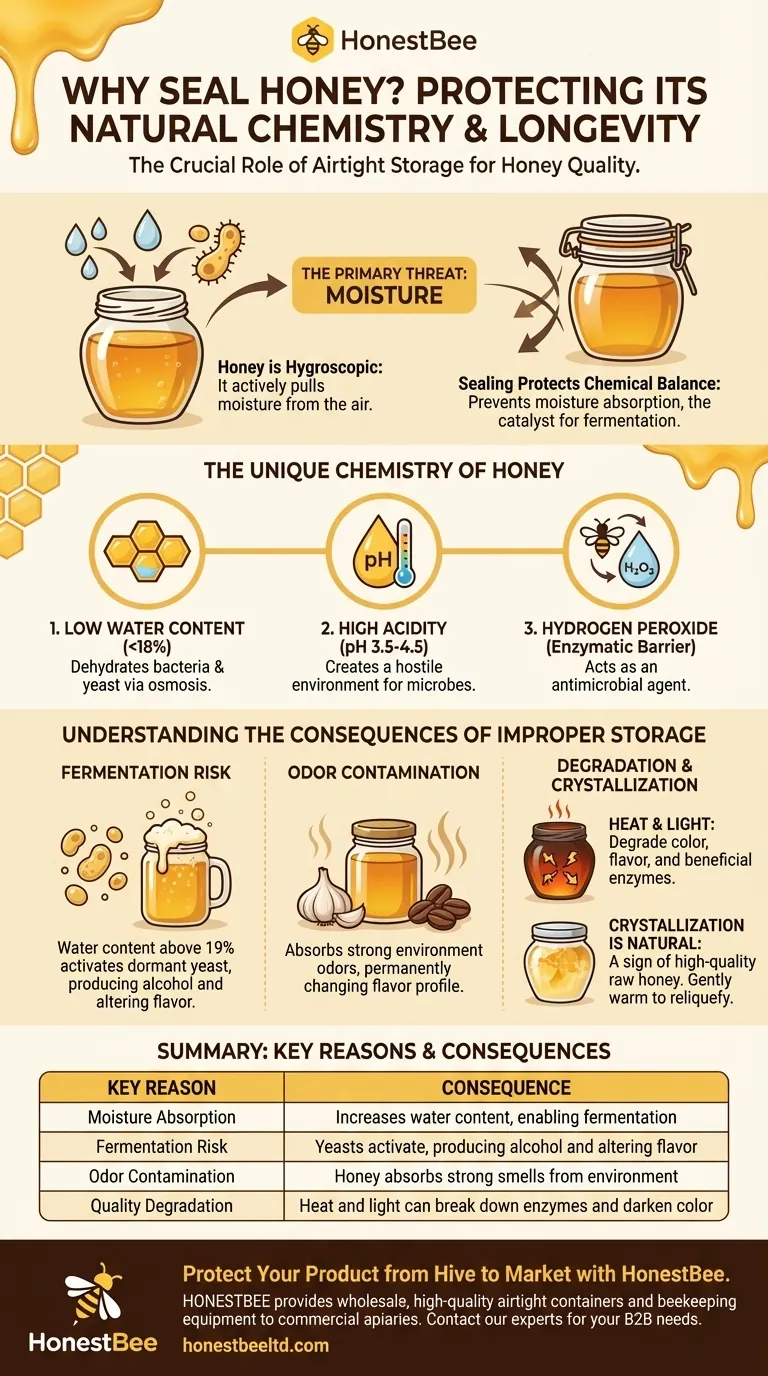
Related Products
- Classic Drum Shaped Glass Honey Jar with Airtight Lid
- Hexagonal Glass Honey Jars with Metal Lug Caps Elegant Versatile Packaging
- Inverted Squeezable Honey Jar with No Drip Flip Top Cap for Easy Pouring
- Professional Cone-Shaped Honey Filter with Reinforced Steel Ring
- Premium Diamond-Faceted Glass Honey Dispenser
People Also Ask
- How long to let honey settle before bottling? Achieve Crystal-Clear Honey for a Premium Product
- What precautions should be taken when packing honey? Ensure Quality from Hive to Jar
- What are the common types of honey packaging? A Guide to Glass, Plastic, Pouches & Tins
- How does the role of honey bees influence the choice between raw and processed honey? Preserve the Bee's Work.
- Why is honey packaging important? Protect Quality, Build Your Brand & Boost Sales

